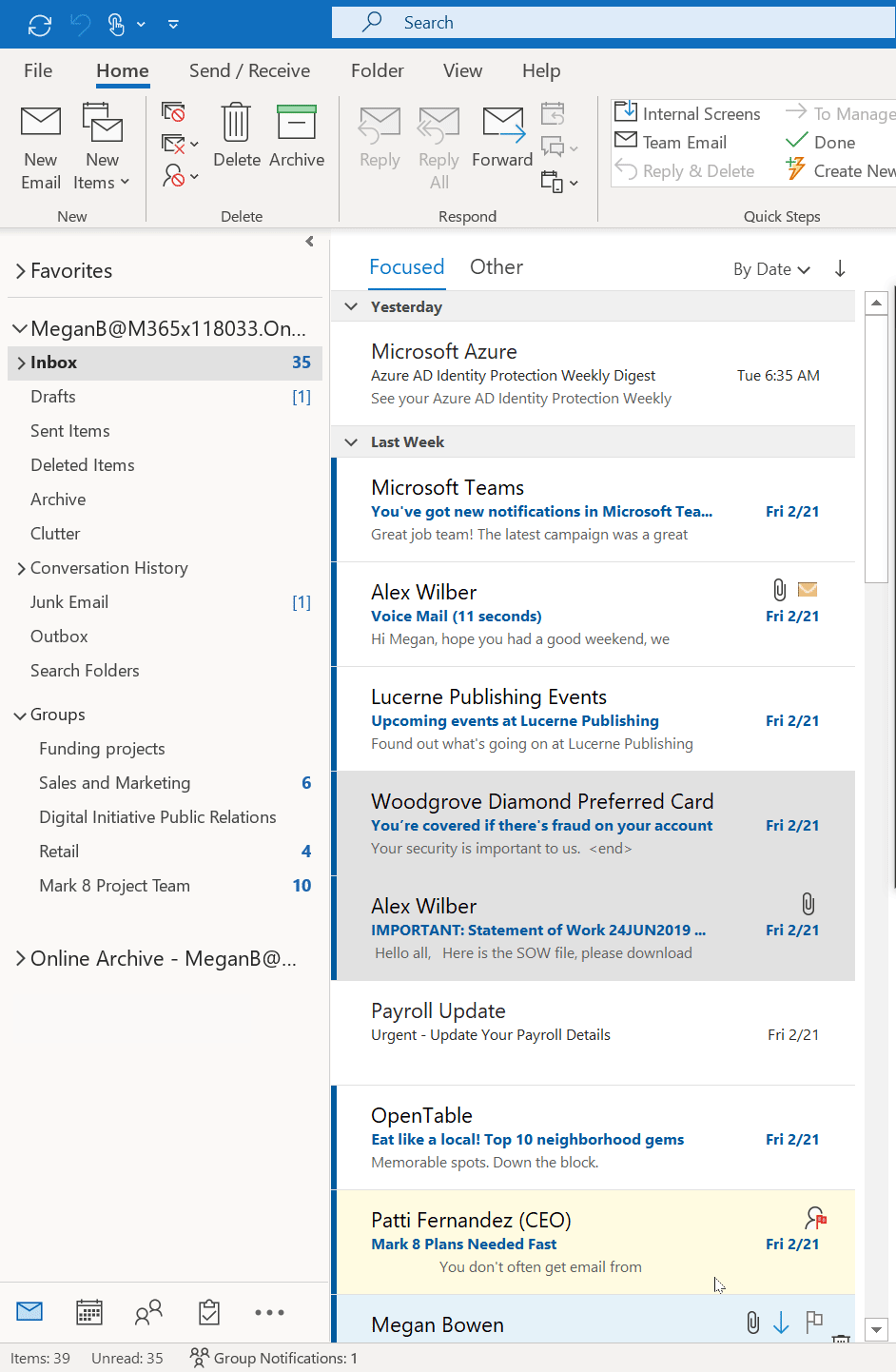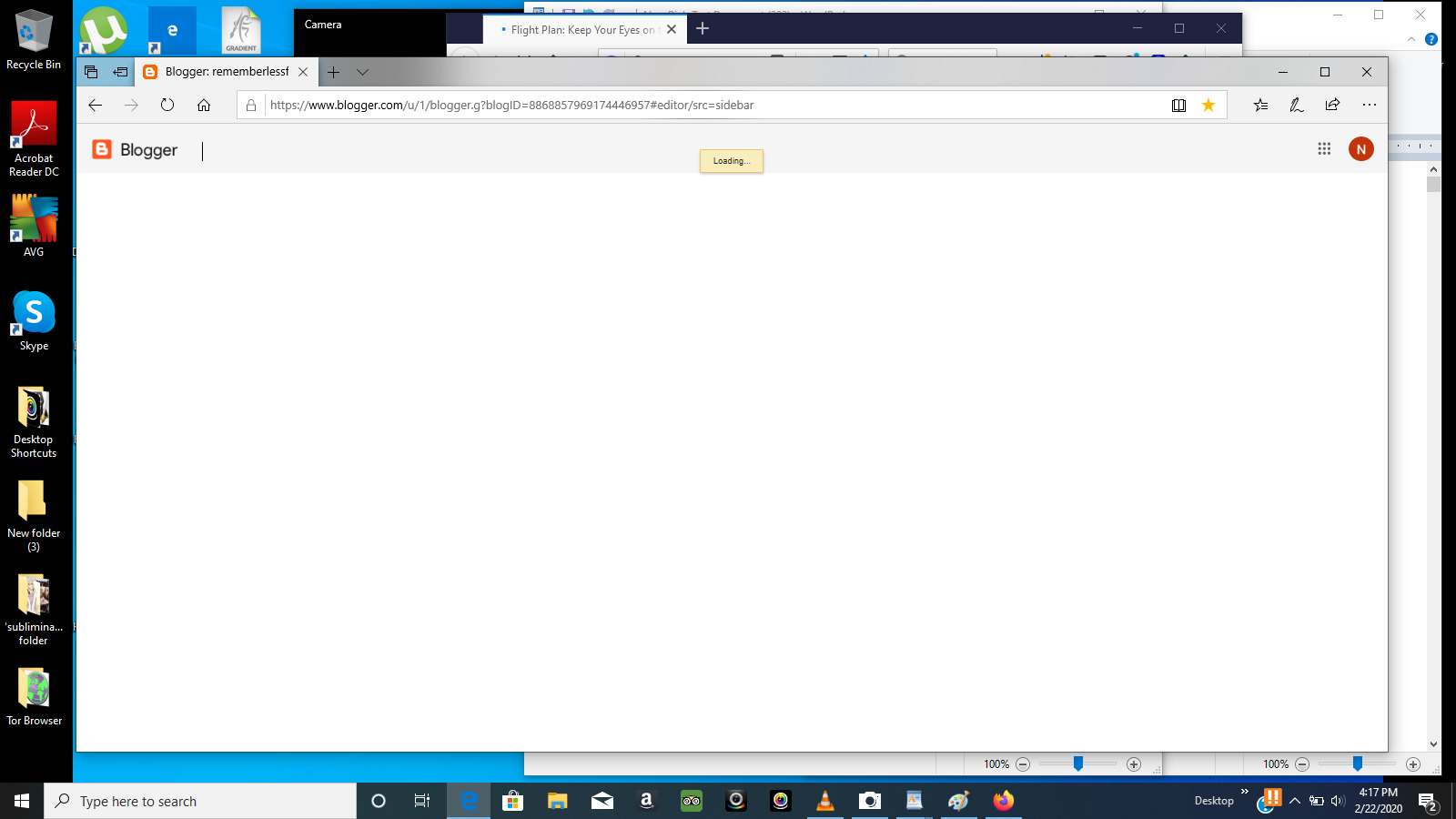

- #OUTLOOK FOR MAC SHOW MY RESPONSES IN CONVERSATIONS INSTALL#
- #OUTLOOK FOR MAC SHOW MY RESPONSES IN CONVERSATIONS DOWNLOAD#
In Outlook 2007 and older, it’s at Tools, Macro Security.Īfter you test the macro and see that it works, you can either leave macro security set to low or sign the macro.īoth AddToConversation & ChangeConversation were working fine in my Outlook 2013, till my Win10 profile corrupted 2 weeks ago. To check your macro security in Outlook 2010 or 2013, go to File, Options, Trust Center and open Trust Center Settings, and change the Macro Settings. Tick the box the close the dialog.įirst: You will need macro security set to low during testing. Open the Visual Basic Editor ( Alt+F11) then go to Tools, References and locate Redemption in the list.
#OUTLOOK FOR MAC SHOW MY RESPONSES IN CONVERSATIONS INSTALL#
Run the downloaded file it will install the 32-bit version and if using 64-bit Windows, the 64-bit version.
#OUTLOOK FOR MAC SHOW MY RESPONSES IN CONVERSATIONS DOWNLOAD#
To use Redemption, download the Developer version (it's free for personal use). NOTE: To change the conversation to the default (to match the subject), enter the word 'subject' as the new ID.") MsgBox ("To change a conversation ID, select the message(s) then run this macro. SNewConv = InputBox("Change the Conversation ID to:", "Change Conversation ID", "subject") By default, the new conversation will use the message subject, but you can enter any subject.īefore and After running the macro (I added a character to the end of the subject so they would create a new thread): Select the message that should be removed from a conversation then run the macro. This macro removes messages from a conversation.

ObjRDOItem.ConversationTopic = (lNumMsgs).ConversationTopic Set objRDOItem = oRDOSess.GetMessageFromID(strEntryID, strStoreID) MsgBox ("To add messages to a conversation, first select a message then select the target conversation and run this macro.") Set oRDOSess = CreateObject("Redemption.RDOSession") It's highly recommended that you test it on a few messages first, so you can see how it works and verify it works on your account type. Note that it may not work with all account or data file types. This macro was tested in Outlook 2016 and should work in Outlook 2010 and newer. Select the message that should be added to a conversation, hold shift and select a message in the conversation it belongs in, then run the macro. This macro adds messages to a conversation. While Outlook can't fix any of these problems on it's own, you can use a macro to add a message to a conversation or move one to a new conversation. Scenario: Two separate conversation threads have the exact same subject because they were originally produced by an automated system that gives all e-mails the exact same subject line. How can I tell Outlook the messages are unrelated?

For example, instead of using autocomplete or the address book, people click Reply then delete the subject and body from the message to start a new one to that person or group. Scenario: Somebody uses an e-mail in a particular conversation to start what should be a new message thread. How can I tell Outlook these messages to be a new conversation thread?


 0 kommentar(er)
0 kommentar(er)
